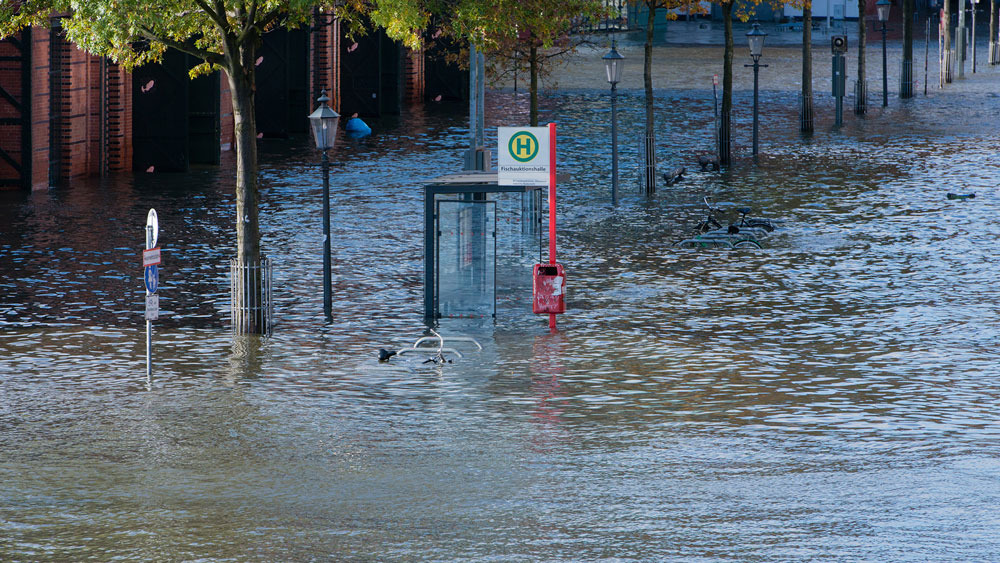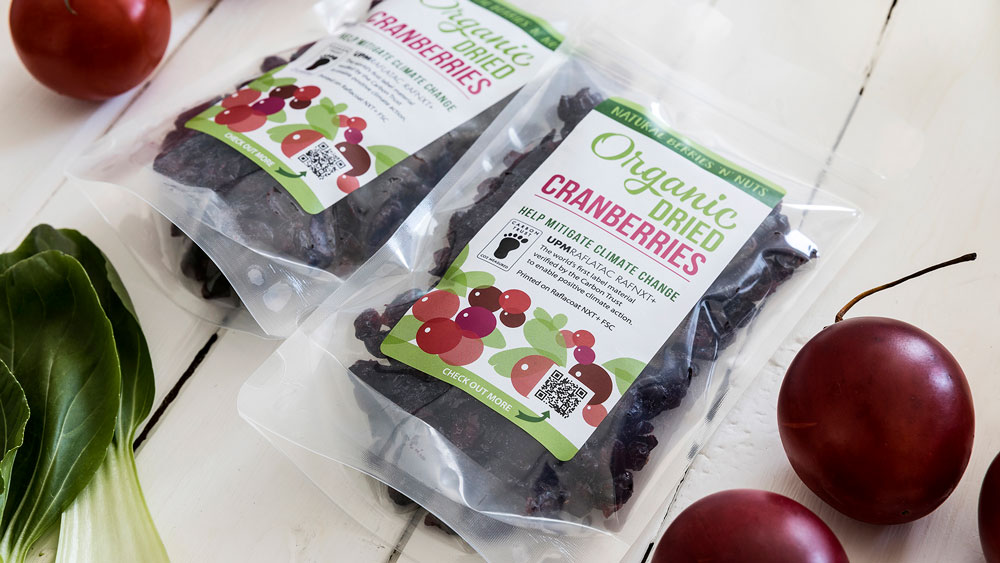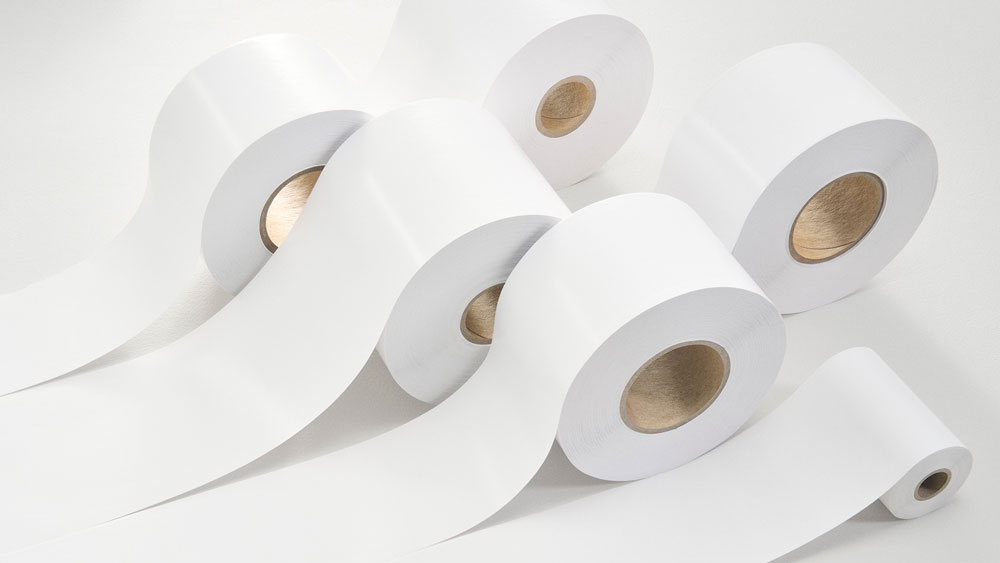Until fairly recently, society has not really been aware of just how serious the problems of rising carbon levels in the atmosphere will affect the planet and us all. Right now, the world around us is changing before our eyes. Glaciers are melting, heavy rainfall has led to severe flooding, forest fires destroy large swathes of land, and hurricanes and typhoons are hitting coastal countries harder than ever.
Emission reductions are only the first step
The science is unequivocal. A recent IPCC climate report stated that any further delay in concerted global action will miss a brief and rapidly closing window of opportunity to secure a liveable and sustainable future for all. There is more than a 50% chance that global warming will exceed 1.5 °C in ten years' time.
"This is serious, the science is clear and action by many means is critical. We need to reduce the amount of fossil carbon emitted into the atmosphere and increase the capacity of forests to act as carbon sinks. The aim must be a future where we can be neutral in our impact or, even better, regenerative by design," says Robert Taylor, UPM Raflatac's Director of Sustainability.

The first step to take is to start emitting less carbon dioxide and other greenhouse gases.
At UPM Raflatac, reducing the footprint of products means using less raw materials, increasing the use of renewable as well as recycled materials, and making it easier to optimize the recyclability and reuse of packaging. Manufacturing and logistics are made as efficient as possible to use less energy, and we use more and more renewable energy.
"Our reduce focus is critically important. However, our products still have a residual climate impact which cannot be avoided today. Therefore, the only way we can achieve carbon neutrality is to compensate for the remaining emissions elsewhere. That means investing in certified carbon offsets to compensate for the equivalent amount of greenhouse gas emissions."
Certified and compensated
The first carbon neutral products in UPM Raflatac's portfolio are selected CarbonNeutral® certified RAFNXT+ and Linerless label materials. As a first in the labeling industry, UPM Raflatac helps its customers to make a smart choice by choosing CarbonNeutral certified options of selected RAFNXT+ labeling materials. We also recently obtained a CarbonNeutral® product certification for our whole Linerless range.
The CarbonNeutral certifications are issued by Climate Impact Partners in accordance with The CarbonNeutral Protocol.
"For us it is crucial that we work with credible, recognized partners, so that we can be sure that our investment is going to the right place – that the reduction in carbon emissions we are paying for is really happening," Taylor points out.

UPM Raflatac selects compensation projects that tackle the root causes of climate change, are linked to UN's Sustainable Development Goals, and bring additional benefits, for example by supporting local communities.
The projects UPM Raflatac has chosen to support promote clean cooking solutions in China and Bangladesh, improved water infrastructure in Africa, and grassland conservation in the United States.
"All our projects are independently validated and verified to recognized third party standards; through a detailed assessment, we quantify and articulate the benefits delivered. Our comprehensive network of project partners also gives us unrivalled access to carbon offset projects being developed around the world," says Natalie Taylor, Director of Client Engagement at Climate Impact Partners.
Pressure from governments and consumers
UPM Raflatac's commitment to a future beyond fossils is echoed by the end users of its products and brand owners around the world. Many businesses are now setting their own climate targets.
"Brand owners are looking for solutions that will help them reduce their impact. Now we can offer label materials that compensate that impact to zero and enable them to use that when calculating their own footprints," says Taylor.
The pressure on brand owners is building from two sides: governments and consumers. Carbon fees or taxes are looming large on the horizon, and in places they are already in force. Consumers are demanding more sustainable choices to take part in the battle against climate change.

McKinsey's survey from the end of 2020 showed that consumers are even willing to pay more for sustainable packaging. At the same time, better labeling on the packaging, explaining its sustainable attributes, and increased availability would encourage 23 to 61 percent of the surveyed consumers to buy more green packaging.
However, becoming carbon neutral is not simple to do, and it must be robust and credibly certified. There is still a lot of uncertainty among customers as to what exactly it means and how you can go about achieving it.
"We are lucky at UPM, as we have the sustainability expertise in-house and we are collaborating with the right partners to enable us to share our insights with customers and support them in their efforts to reach carbon neutrality."
Read more:
UPM Raflatac RAFNXT+ is the world’s first CarbonNeutral® certified label material
To reach carbon neutrality, the imperative is to act now